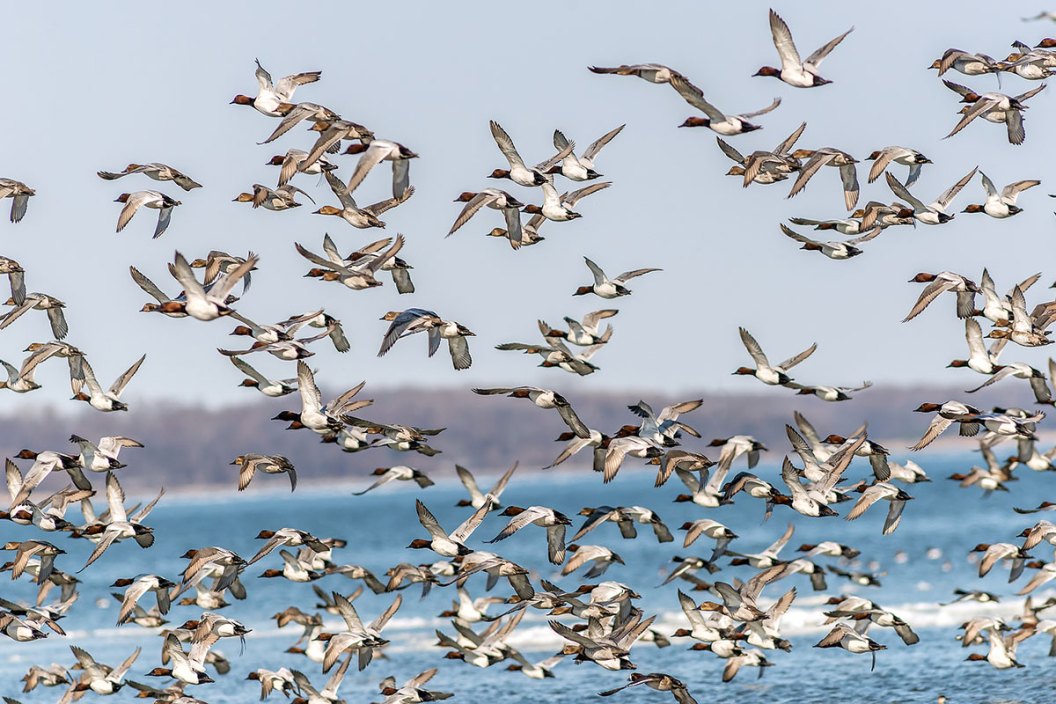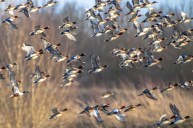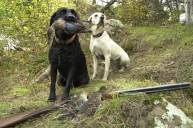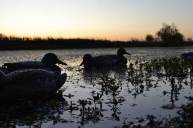Have you ever encountered these issues with waterfowl ID? You're not alone, but here's how to clear it up.
Duck hunters are a special breed.
We get up well before the crack of dawn and actually enjoy it. We slop through the mud and ice, and actually prefer a rainy, cold day. We do it all while facing straight into the wind, and require high-quality camo to hide ourselves from the keen eyesight of cunning waterfowl.
We chase animals with interesting names like blue-winged teal, bufflehead, pintail, and shoveler, trying to coax them into landing right in the middle of several dozen fake friends and relatives.
There are many species of ducks that fly north in the spring and south in the fall through the four major North American flyways, and most of them have to run the gauntlet of camouflaged hunters and non-toxic shot to do it.
One thing that's vital is the lesson of waterfowl identification. Waterfowl hunters know their responsibility full well when it comes to proper ID on birds that we only get a glimpse of, or that come in close under low-light conditions. Bag limits and duck season are often based on harvest numbers, and if we aren't staying within the guidelines, we're doing the birds, and ourselves, a disservice.
We're not talking about easy birds to identify such as the Canada goose, snow goose, or diving ducks like the uncommon but easy-to-recognize hooded merganser. In reality, there are a few of types of waterfowl that live in close proximity to one another and share very similar traits.
As duck hunting enthusiasts, we owe it to ourselves to take a closer look.
Redhead vs. Canvasback
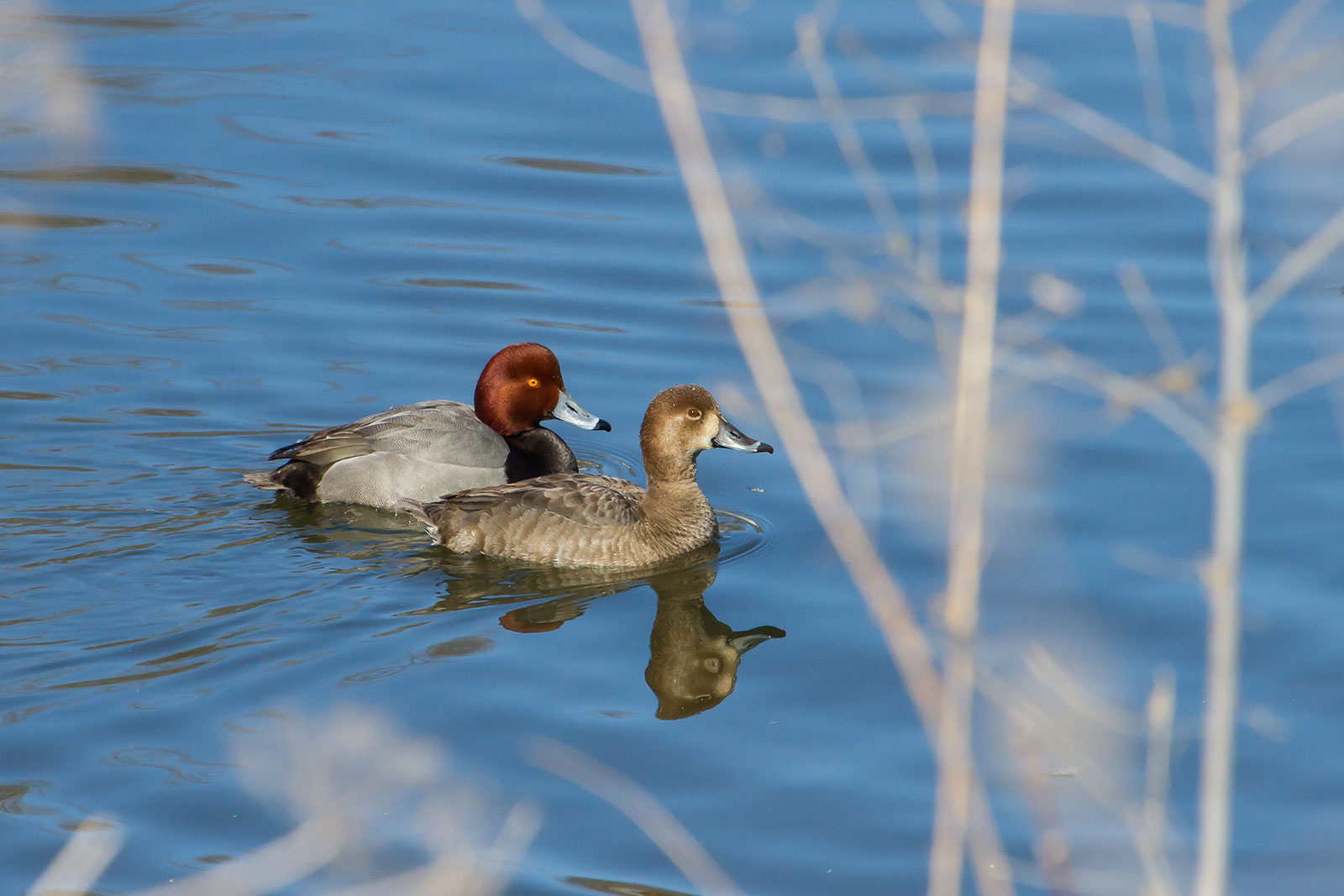
This is a typical misconception. Redhead ducks (in the photo above) lack the bright white feathers of a canvasback, but it can be hard to tell in low light. Still, it's one of the biggest clues. The canvasback drakes have a brighter white back to rump, while redhead drakes are a more sooty and gray color.
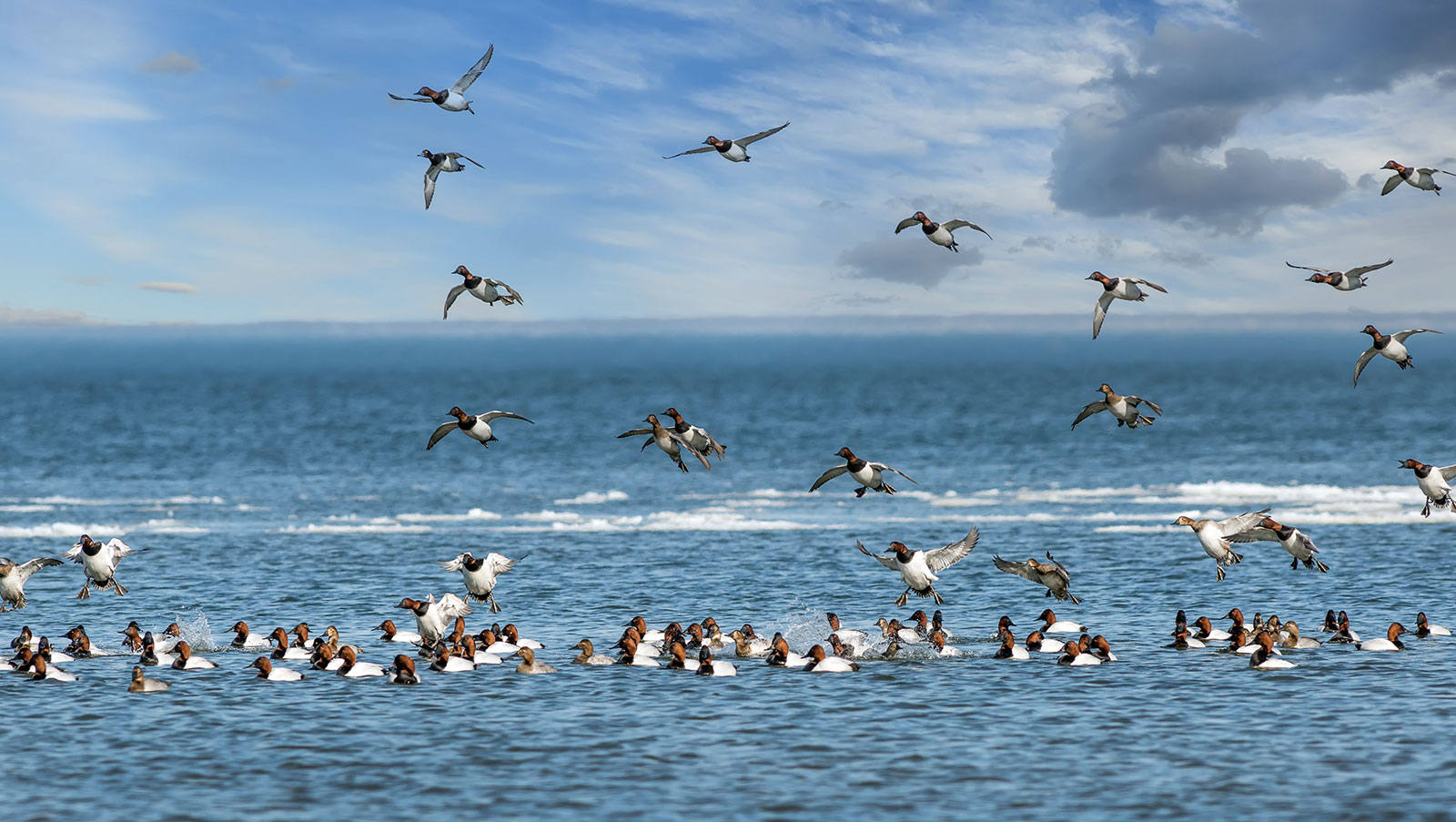
Canvasbacks (above) on average are several inches larger than redheads and they have a distinct profile. The long face of a canvasback slopes down from the top of their forehead to the tip of their bill. Redheads have the more classic look of the average waterfowl, with a well-defined angle between their rounded heads and their unique blue-gray bill.
If you look at a map of their individual ranges, it almost looks as if they are the same duck. They breed in the same prairie potholes of the upper Midwest and central Canada, then winter on inland lakes and sloughs along the coasts.
The toughest part for waterfowl hunters comes when these birds raft together during the fall in larger feeding groups.
Bluebill vs. Ring-neck
The lesser scaup or bluebill is a medium-sized diving duck with a distinct head that has a bit of a peak. Its head, front, and rump are a glossy black with off-white sides and a more mottled back. A Ring-neck's head, on the other hand, is an iridescent purple if viewed in the right light.
Drake ring-necks have a white spur or wedge on their side that the bluebill does not, but the most obvious difference is the white ring around their bill.
The ring-neck is also black head to rump, with a similar bright white side.
You'd think it wouldn't be an issue telling them apart, but I've seen them side by side while hunting and you can't always see the bill from a distance.
Both duck species are diving ducks that breed in similar areas of the far north, but the ring-neck is right at home in the shallow wetlands such as beaver swamps, ponds, and bays. One of the big mysteries surrounding the ring-neck is why it has the name, but upon closer inspection, a chestnut collar can be seen on its basic black neck.
Blackduck vs. Hen Mallard
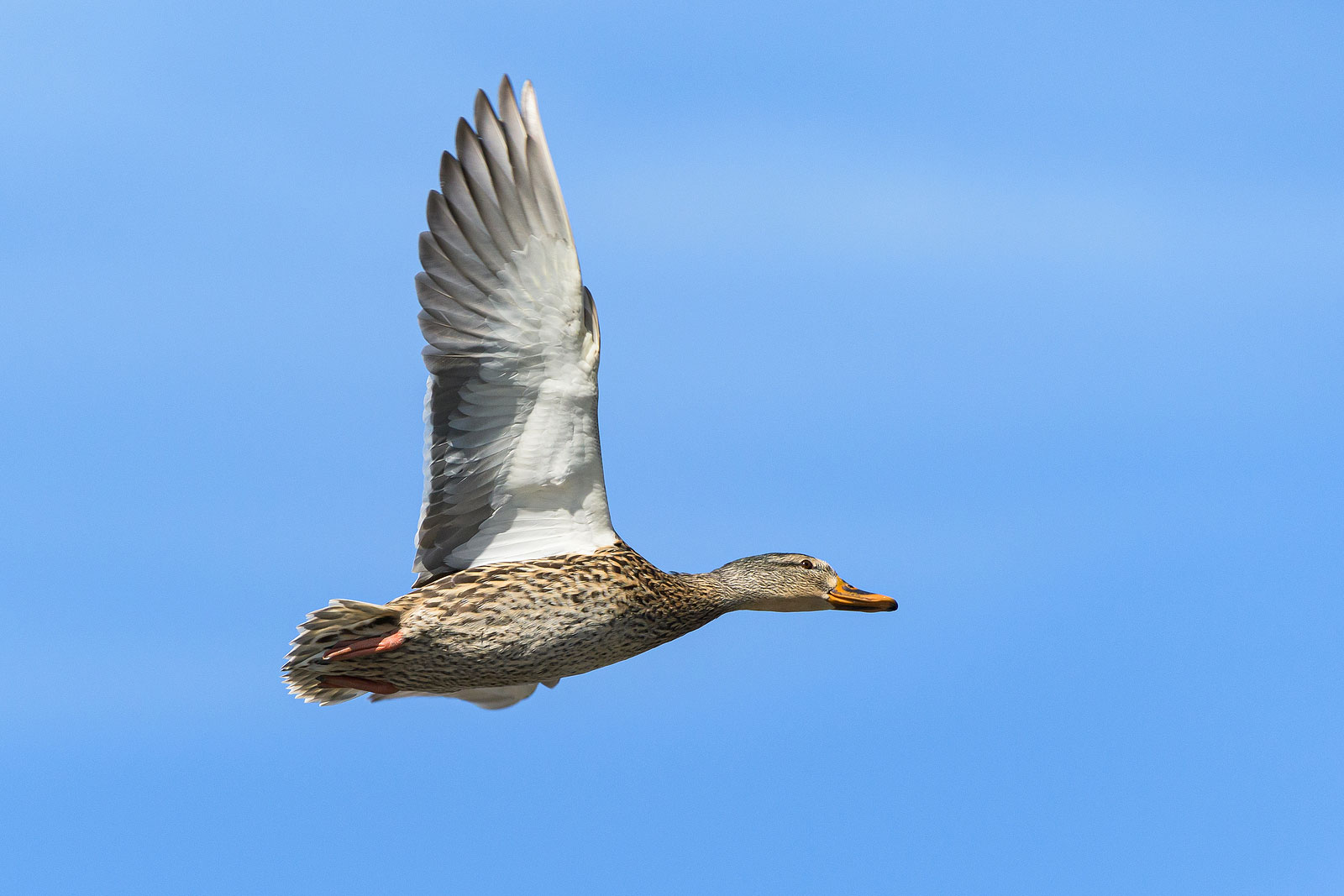
This issue comes in the form of the identification between the more rare black duck and the actual mallard hen. The mallard hen is pictured in the photo above.
Drake mallards (or greenheads) are one of the most common and identifiable waterfowl that occur in North America. When the black duck numbers fell back in the 1970s to the point of concern, limits were placed on their harvest, and in some areas, harvesting them was banned.
Thanks to conservation efforts by groups such as Ducks Unlimited, the resurgence of the black duck came about and they were eventually availble for hunters. Now it was even more important to teach proper identification to prospective waterfowl hunters in the effort to keep the species numbers strong. This is one of the reasons that waterfowlers everywhere make it a practice to only take drake mallards, to avoid mistakes altogether.
The American black duck is found in much the same habitats as the mallard, but tends to be somewhat warier, and so it favors more secluded areas. Both drake and hen black ducks and hen mallards are mostly brown, with a lighter brown color on the head and neck than the rest of the body.
The main difference between them is the black duck's darker coloration. The hen mallard's bill is also orange with a bit of black, while the black duck's bill is more of a greenish yellow to a drab olive color.
The most telling difference, and the one that my friends and I use to be sure, is the mallard's blue speculum. It has a thin line of white along both its top and bottom edges, whereas the black duck's has no white, but is a deeper blue to purple iridescent color.
Other Waterfowl ID Misinterpretations
Some may say that greater scaup and the lesser scaup should be high on the list of most difficult to tell apart, and they are, but they are ducks of the same genus (Aythya) and there are no discerning rules about taking one over the other when hunting.
For this reason, it is not an imperative for duck hunters to know or even care which is which, but instead more of a precise identification for bird watchers. I've probably shot a few bluebills in my life, and the only reason that I feel they were lesser scaup is because the greater scaup prefers saltwater in the winter, and I've only ever hunted over freshwater.
Another common pair of misconstrued waterfowl may be the Canada goose and the brant. The brant is a much smaller goose than the Canada, but with similar markings. The brant has white patches around the side of its neck while the Canada goose is much larger and has an obvious white patch around its chin, just behind the eyes.
If it wasn't for the drake wigeon's white crown and obviously green head patch, a hunter could easily mistake one for the gadwall, which closely resemble the wigeon hen.
Of course, blue-winged teal and green-winged teal are mistaken for each other, especially in low-light conditions. Odds are regulations won't discern between the two anytime soon.
It always behooves sportsmen and women to be as distinguishing as birdwatchers when waterfowl hunting. Duck identification of different species is paramount to having viable populations for future generations of hunters.
Looking for a little more or even hot lunch for your hunting blind? Follow my webpage, or on Facebook and Twitter.
NEXT: GOOSE HUNTING TIPS FOR FOLKS WHO COULD USE A HELPING HAND
WATCH
